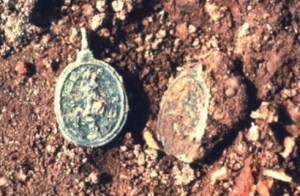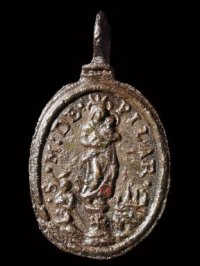Saints Cast Brass
Lord Baltimore and the Calvert family practiced Roman Catholicism at a time when it was unlawful to do so in England. In their colony, the Calverts set policies that allowed most Christians to worship freely without a government established church. Roman Catholics were a minority in Maryland during the entire colonial period. Other religious groups, such as Quakers and Presbyterians, also settled in Maryland to take advantage of this liberal atmosphere. Roman Catholic religious objects are some of the most tangible evidence of how religious liberty was different in Maryland.
Although extremely rare, medallions commemorating Ignatius Loyola and Francis Xavier one of his early disciples are the most common religious artifacts found in St. Mary’s City.
Loyola founded the Society of Jesus (also know as the Jesuits) in 1540 and Xavier was, becoming famous as a missionary who traveled to Asia. Both were canonized (made Roman Catholic saints) in 1622.
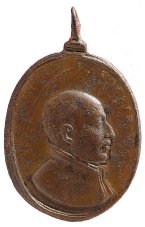
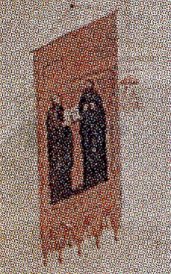
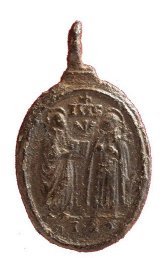
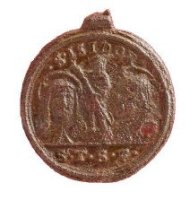
This duo appears on two of the specimens in the collections and on a third specimen with Teresa of Avila, Philip Neri, and Isidore who were also made Roman Catholic saints the same year as Loyola and Xavier. Collectively they were called “The Five Saints.”
The only religious medal recovered from the Chapel Field excavations depicts St. Maria de Pilar, a manifestation of Mary commemorated at a major pilgrimage destination in Zarragoza.
All of these medallions were made of a copper alloy and were mass-produced in Italy and Germany.
